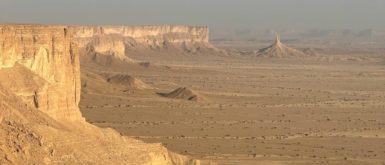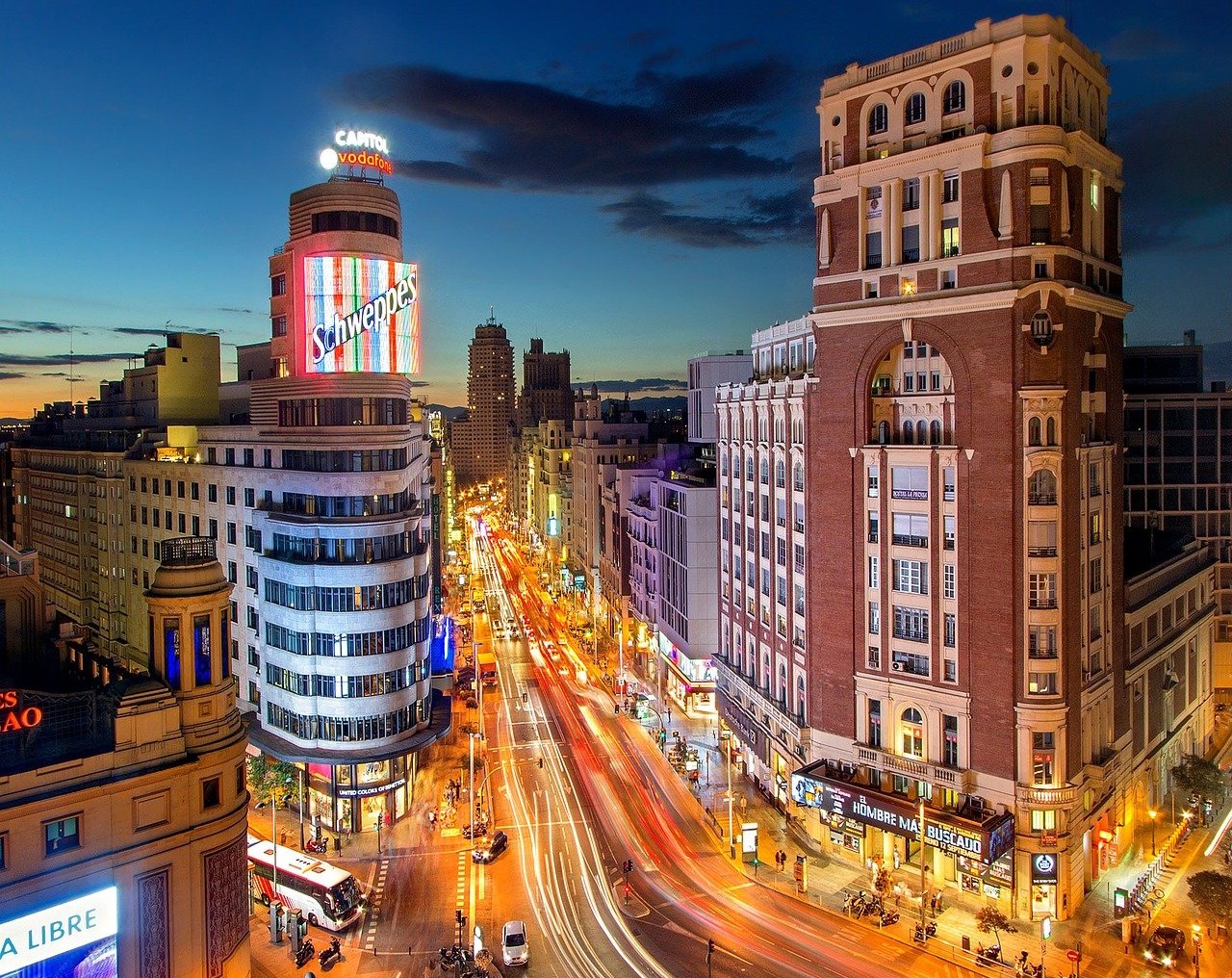
1. Fountain of the Fallen Angel, Parque del Buen Retiro, Madrid
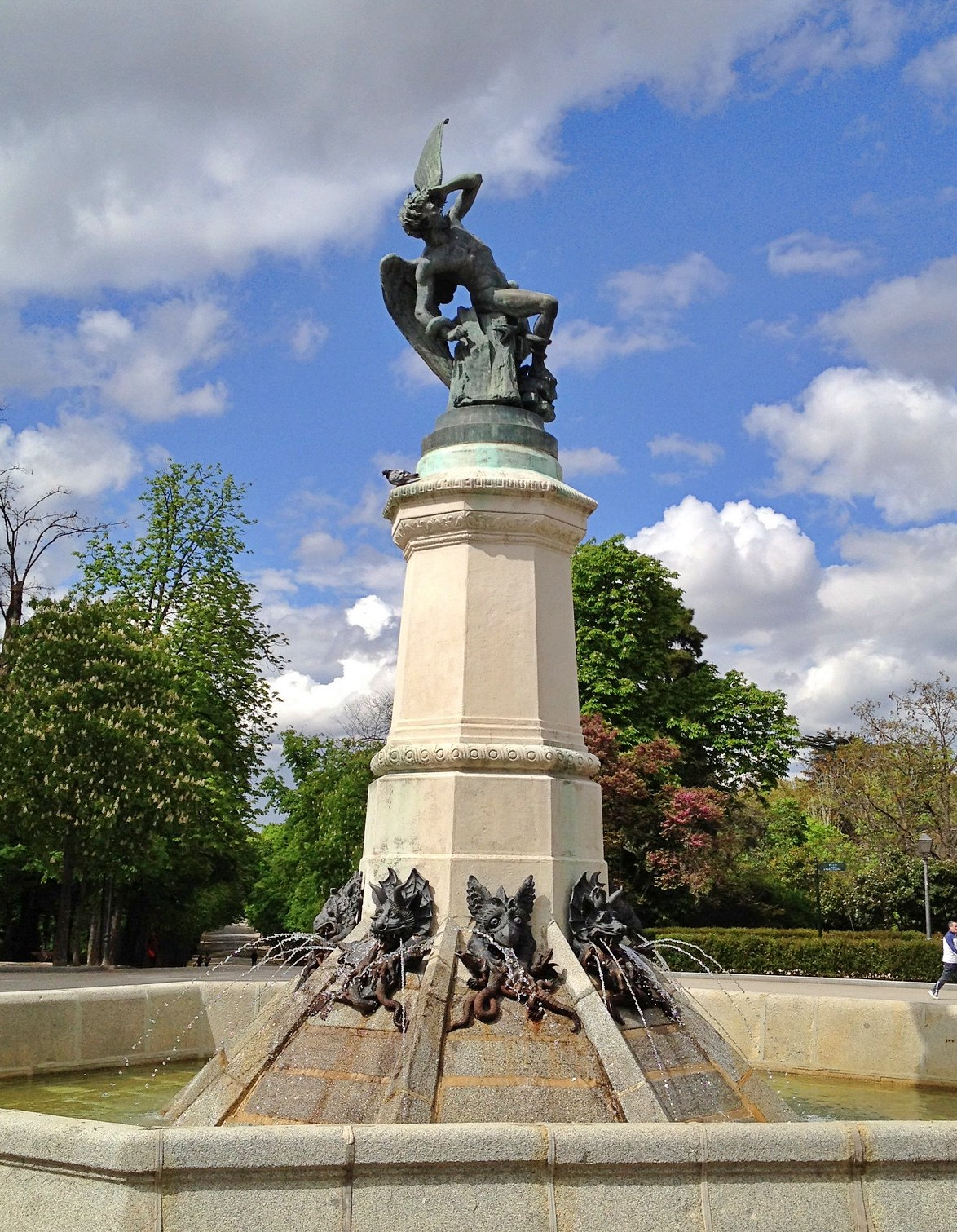
Sculpted in bronze by Ricardo Bellver, the statue marked the third World’s Fair in Paris. After the piece was acquired by the Museo del Prado, The museum later donated the sculpture to the city of Madrid in 1885.
The Fountain of the Fallen Angel is within easy walking distance of Madrid’s major museums. The easiest way to access this part of the city is via the Atocha metro station.
2. Museum for the Blind, Calle la Coruña, 18
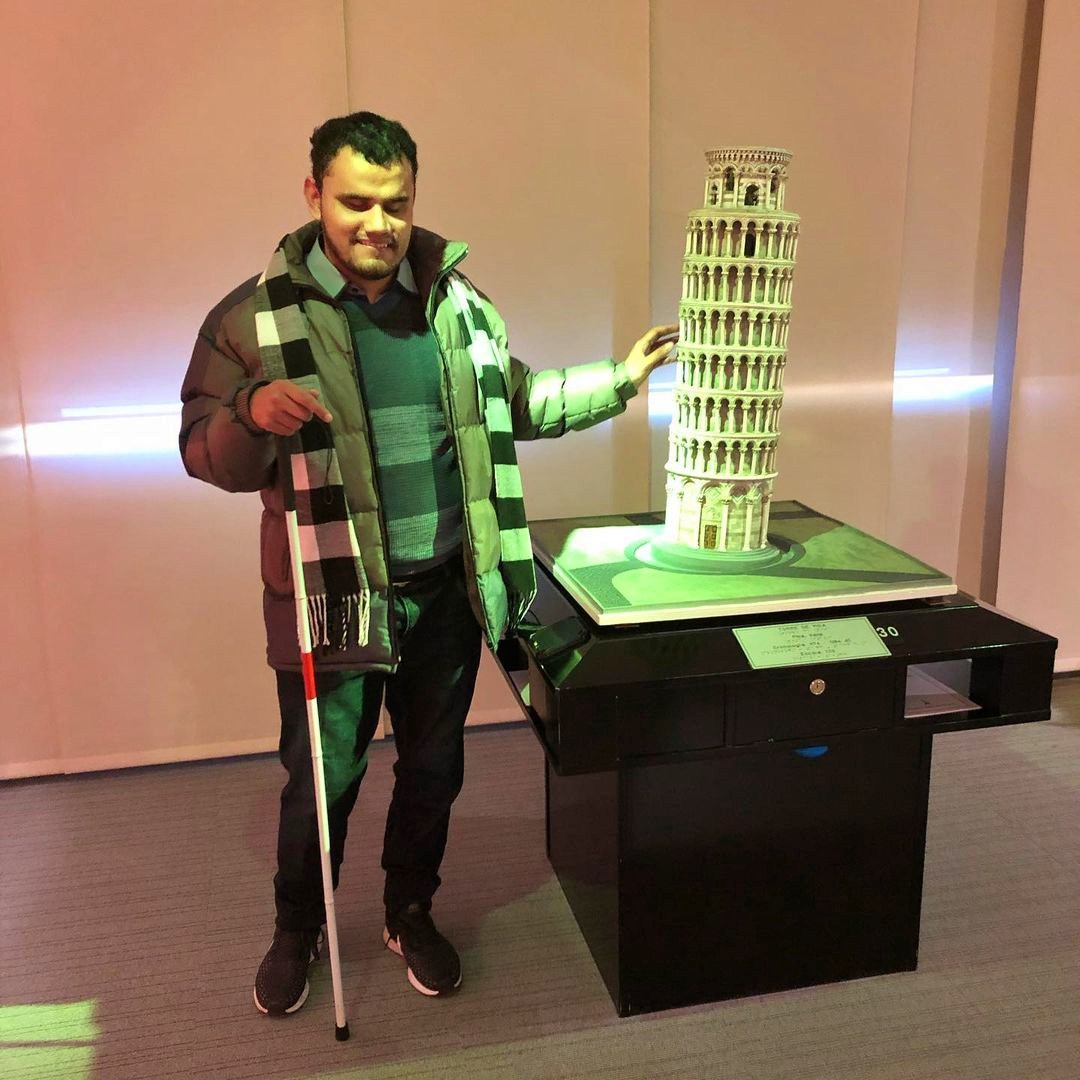
The museum was inaugurated in 1992 by ONCE, the National Organization of the Spanish Blind. In fact, the Typhlological Museum is on the third floor of the ONCE building.
Among the exhibits on display are some of the most important pieces of art and monuments in the world, such as Rome’s Colosseum and the Venus of Willendorf figurine. Each model is created with raised details and vivid saturated tones.
Meanwhile, the museum also exhibits devices used to aid the blind throughout history. The Museum for the Blind can be found on the third floor of Calle la Coruña, 18, and the nearest metro stop is Estrecho.
3. Aerial Accident (Accidente Aéreo), Calle Milaneses, 3
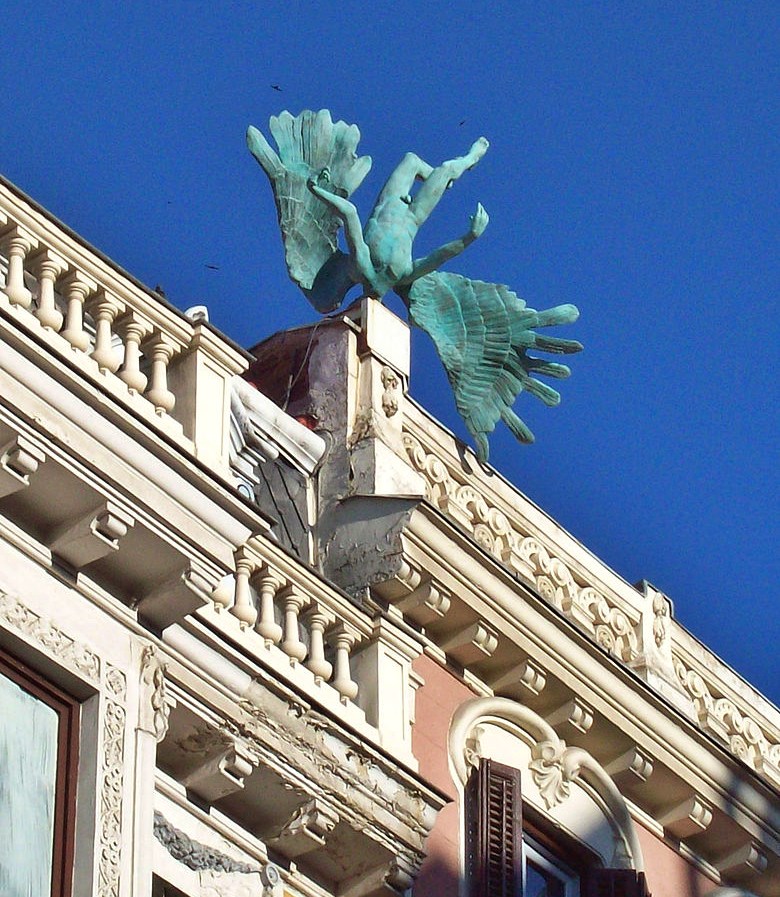
The meaning behind his statue is that a winged man went for a long walk. He then flew home with his back to the ground, sunbathing on the way. However, in the time he had been away, the city has erected a building on the meadow where he usually landed. The result was an undignified crash onto the roof.
The building stands at Calle Milaneses, 3, in front of the Market of San Miguel and the nearest metro station is Sol.
4. Templo de Debod (Temple of Debod), Calle de Ferraz, 1, Madrid
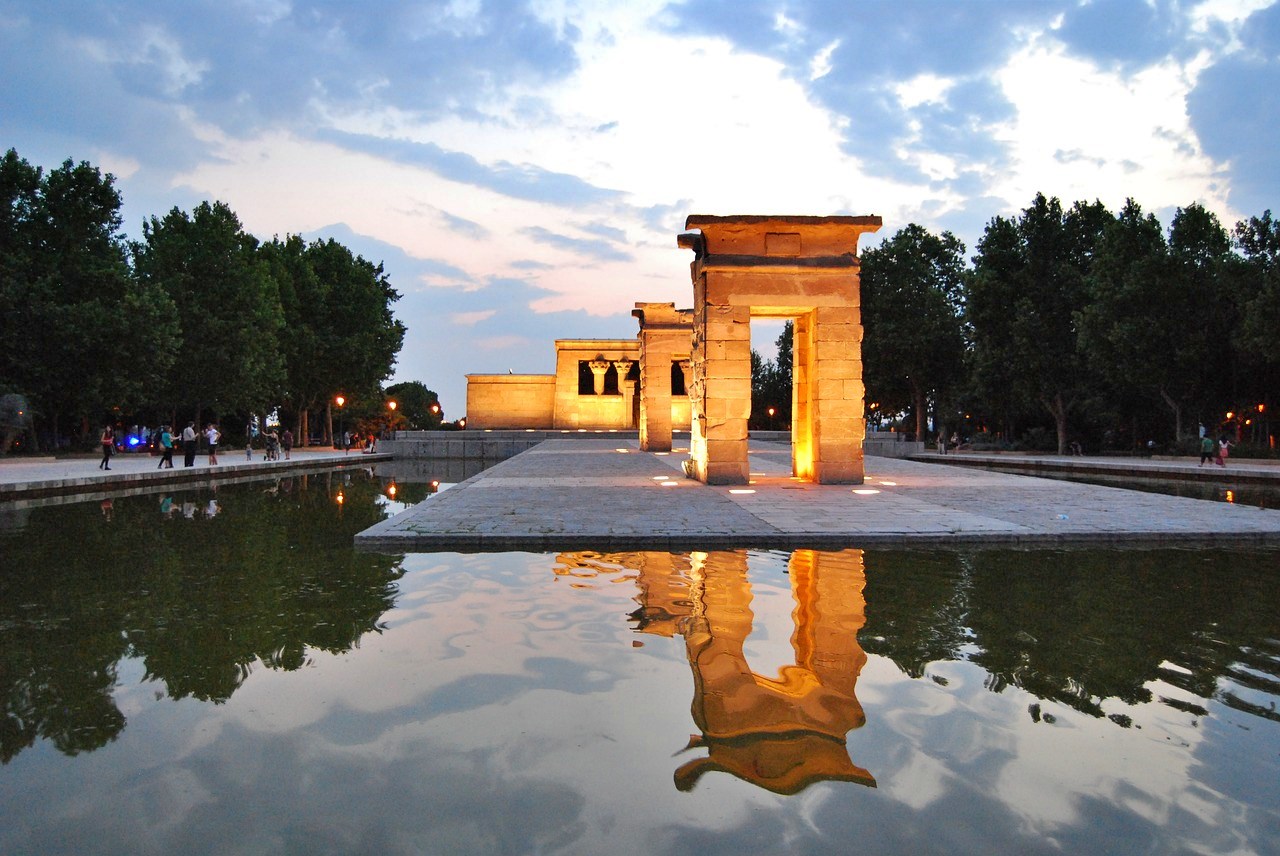
Meanwhile, the temple stood in the Nile Valley since the 4th century BCE and was dedicated to the Egyptian gods Amun and Isis. Nowadays, the temple is set in a pleasant park, Parque de la Montaña and is surrounded by a pool that reflects its image. The temple is located a short walk from the Plaza de España metro stop.
5. Sobrino de Botin, Calle Cuchilleros, 13
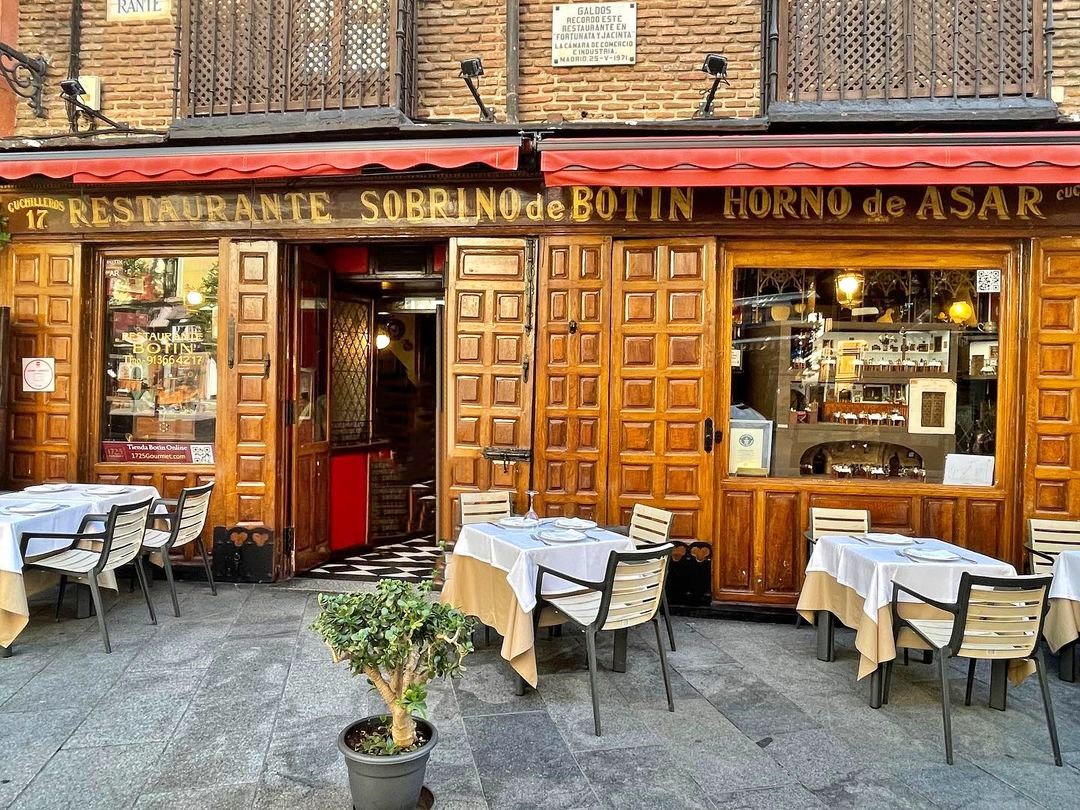
Located in the heart of Madrid, Sobrino de Botin is recognized by the Guinness Book of World Records as being the world’s oldest restaurant still in operation. In fact, the restaurant first opened in 1725 on the ground floor of an inn. When the original owners died, the restaurant was passed on to their nephew. This led to the restaurant’s name Sobrino de Botin, or Nephew of Botin.
The restaurant has been continually open for more than 200 years and was even mentioned by Ernest Hemingway in his book, The Sun Also Rises. Moreover, authors such as Benito Pérez Galdós, Graham Greene and María Dueñas and more used the restaurant as a backdrop for their novels. Rumors also say that the famous artist, Francisco de Goya, once worked at the restaurant as a young man.
Throughout, Sobrino de Botin has served traditional Spanish cuisine. In fact, it is famed for its whole suckling pig and lamb roasted in the true Castilian style. The restaurant is located at Calle Cuchilleros, 13 and the closest metro stop is Plaza Mayor.
Visit these and more fascinating locations in Madrid on your next Spanish vacation.
Be sure to check out our vlog The Go To Family. Connect with us on Instagram, Twitter, and Pinterest !


